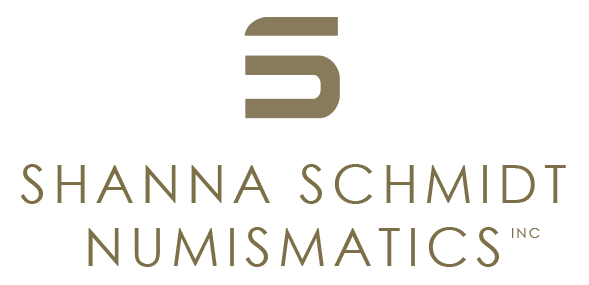Thessaly, Pharsalos. c. 420-400 BC. Signed by Telphantos
Thessaly, Pharsalos. c. 420-400 BC. Signed by Telphantos
AR Drachm, c. 420-400 BC, 6.03g (16mm, 3).
Head of Athena r., wearing Attic helmet decorated with Sphinx leaping forward, in field behind, T above ʘ / Φ-[A] to l. and r. above, [Σ]-P retrograde to l. and r. below, Thessalian cavalryman wearing petasos, chlamys and short chiton, brandishing lagobolon with his r. hand, riding horse prancing r. on plain ground line
Pedigree: Ex Triton XV, 3 January 2012, lot 645. From the BCD collection. Ex Palombo 19, 12 December 2020, lot 35
References: Lavva 144h (V68/R84) (this coin)
Grade: Remarkably struck with sharp details on obverse and reverse. lightly toned; well centered on a small, oval shaped flan. EF. (gk1744)
Scroll down for more information about this coin.
Struck in Pharsalos, the supposed mythic location of Homer’s Phthia and birthplace of Achilles, this beautiful coin is notable for several reasons. Firstly, the reverse design pays homage to the regions famed cavalry and practice of horse breeding. In fact, it is said that Bucephalus (Alexander the Great’s famous horse) came from Thessaly. More historically ambiguous, but perhaps more interesting for its obscurity, are the supposed engraver’s signatures. Originally, Babelon posited that the small Greek letters which can be seen behind Athena’s helmet on the obverse were local magistrates. However, when Stella Lavva wrote her seminal work on the coinage of Pharsalos, she argued instead that they were in fact the signatures of die engravers. This specific example, called the “T over ʘ”, was supposedly engraved by Telephantos.
The upper letters T, TE, and TH were all attributed to Telephantos, who Lavva thought could be the famous Thessalian sculptor Telephanes. She also thought that the second, lower, letter (A, ʘ, or MI) were the signatures of either apprentices or secondary engravers. Regardless, the dies used to strike this “T over ʘ” coin belongs to Lavva’s “Series B”, struck between ca. 424-405/4 BC. They were quite isolated with only two die pairings (1 obverse and 2 reverse die).

